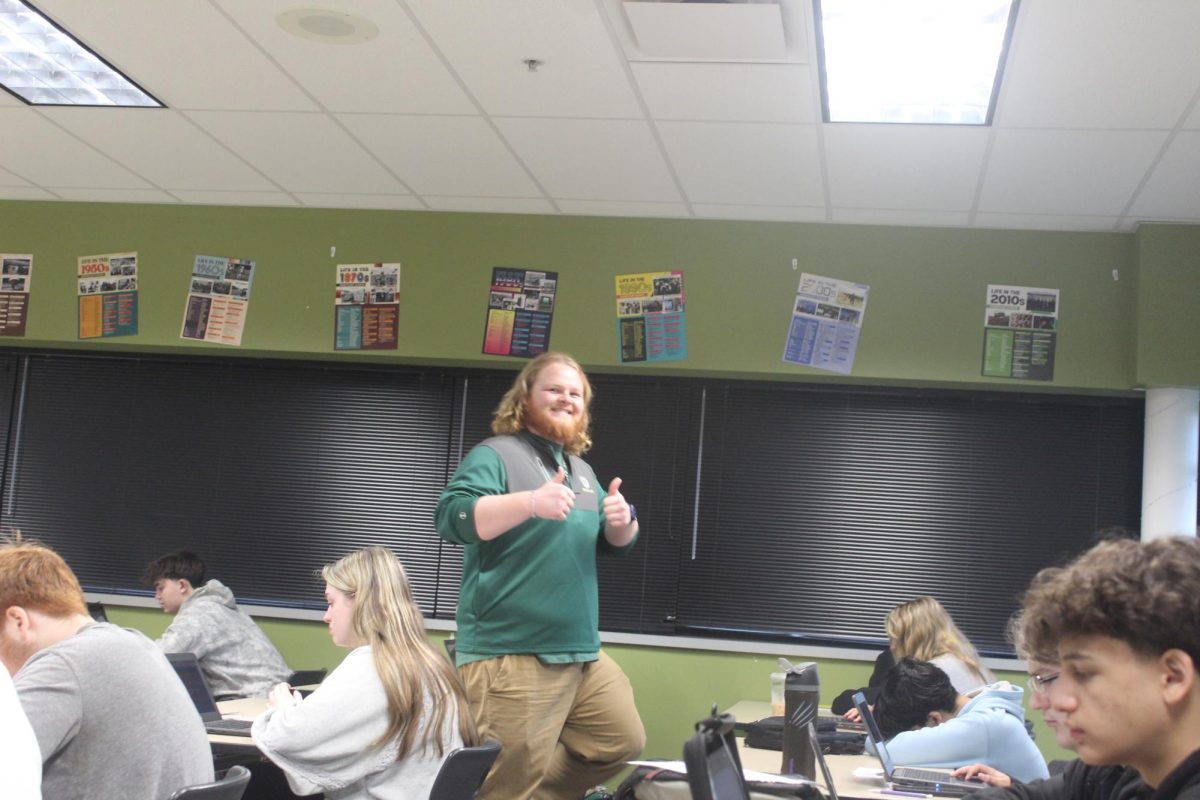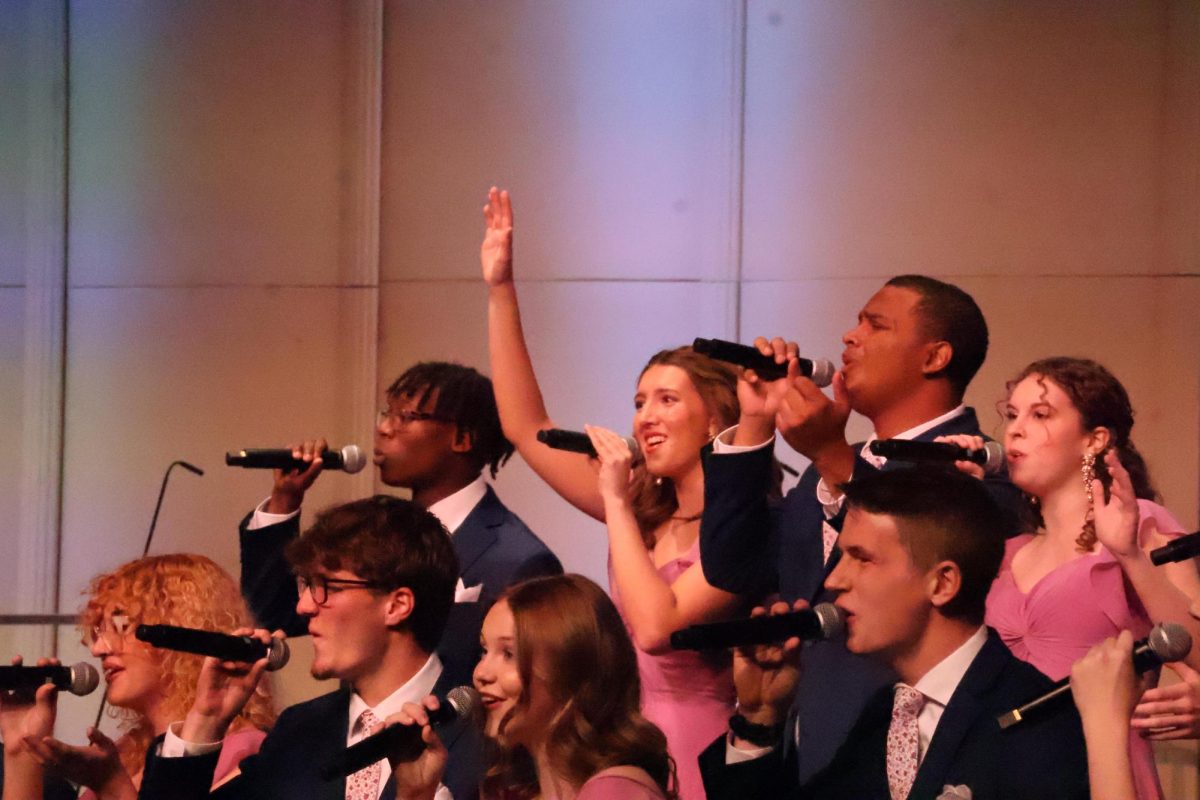By Hope Wagner — When looking at the star athletes of a school, most people seem envious of them receiving scholarships. But before turning into that green-eyed monster, it is crucial to understand the importance of the academic side as well.
Most students know the story of the typical high school jock, that is maybe not at the top of his class, who gets a full ride to play his sport in college. All seems well until they actually get to class. College curriculum is much more intense than high school; throw in all the extra time needed for athletics, more and more players are coming up short.
So is playing in college really worth the risk?
Looking from a strictly money point of view, it can be rather dangerous to depend your college career solely on athletic scholarships. Most average athletic scholarships must be renewed every year. This does not seem like a problem until you get injured or are otherwise inhibited. Athletes are then left with the tough choice of remaining at the college or possibly transferring because they now have to pay full expenses. This highlights the importance of having a good academic base because those scholarships are less likely to be taken away.
Rose-Hulman football player Tyler Allison can attest to the amount of work it takes in order to succeed academically, and athletically.
“You need to be on top of things and get work done whenever you have free time or you’ll fail out or get no sleep which leads to poor playing and poor grades,” Allison said. Athletes can’t control if their leg breaks, but they can control how well they do in the classroom.
Cross country coach and English teacher Beth Winkler believes that both athletics and academics are key.
“The better combination of both you can offer a school, the more money they’ll offer you,” Winkler said.
It is almost imperative for students to choose a school that they would want to attend regardless of if they could participate in sports there, particularly when looking at the school’s injury policy.
Other athletes, like senior cross country runner Hannah Thompson, put running as a top priority in her college search.
“I knew I wanted to run in college for sure so I eliminated the schools that I could not receive scholarships from,” Thompson said. “I also didn’t want to go to a huge school where I couldn’t run varsity.”
Thompson will be attending a Division II school for that reason. DI schools are heavily funded and scholarship dense; their main focus is athletics. DII schools are less competitive and receive substantially less scholarship money to dole out, but they tend to offer a more balanced environment. Looking at these differences are fundamental when choosing a college. With how competitive DI schools are, athletes who choose to attend there run the risk of not actually playing their sport. This relates back to the point that athletes need an academic base to fall back on.
“The reason we go to college is to learn and prepare ourselves for a career; sports are just an added bonus,” Thompson said.
[Updated Aug. 7, 2017: This article has been reformatted for consistency.]






